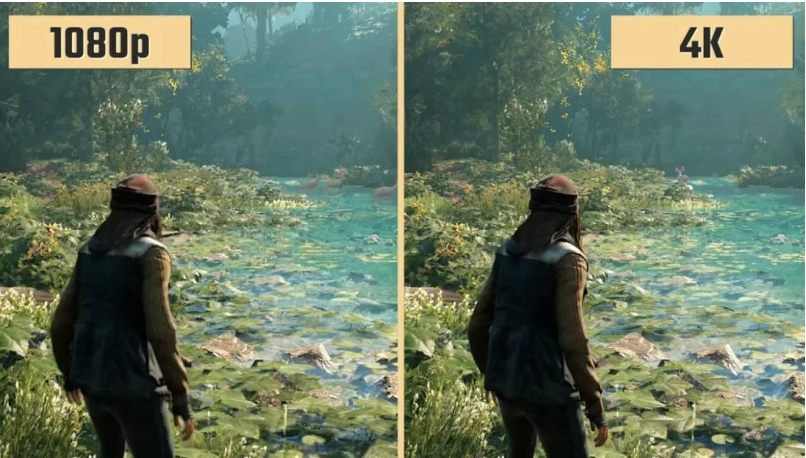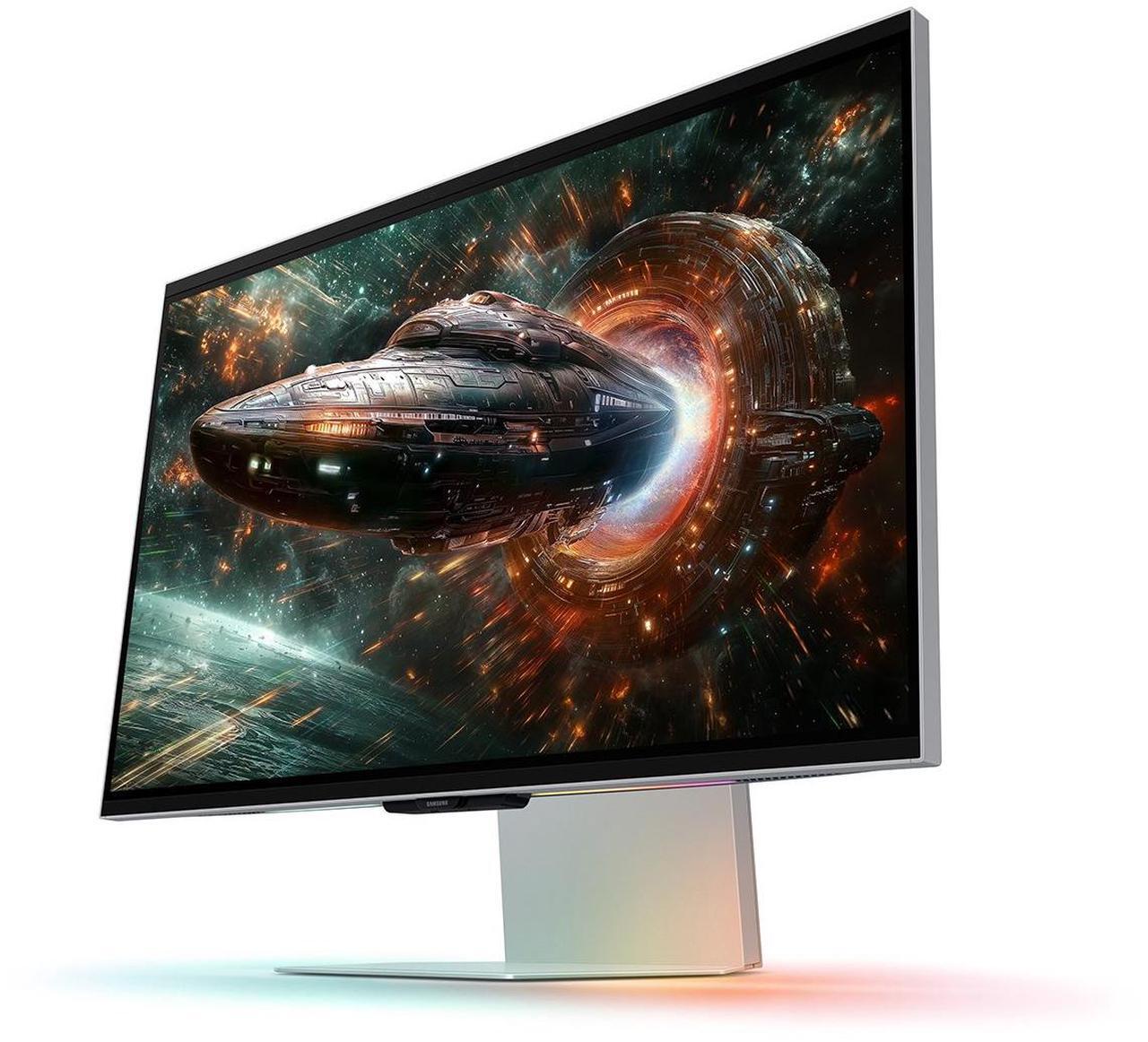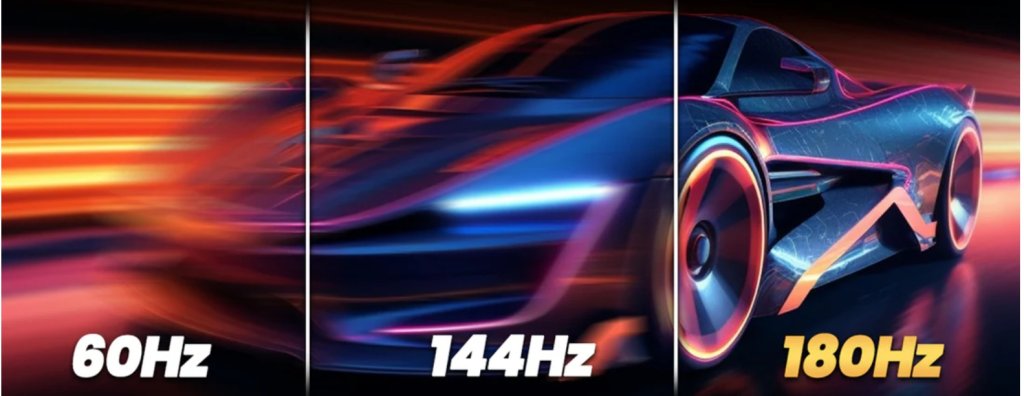
Choosing the right gaming monitor in 2025 means balancing visuals, performance, and budget. With so many options on the market, it’s helpful to break down the most important features and match them to your gaming style and system setup.
This buying guide will walk you through exactly what to look for when choosing your next monitor to elevate your gaming experience. We’ll even point you to some of our favorite options on Newegg.com so you can shop with confidence.
Do Monitors Matter in Gaming?
Absolutely! Your monitor is the window into your virtual world. A panel with slow response or low refresh can leave you chasing ghosts in fast-paced shooters, while poor color accuracy can dull the rich worlds of RPGs. The right balance of speed, clarity, and immersion will level up every genre you play.
1. Monitor Panel Types: IPS, VA, TN, OLED Panels
- IPS (In-Plane Switching)
Solid choice for vibrant colors and wide viewing angles. It can maintain color consistency at extreme angles but may fall short on response time. IPS offers strong features at a reasonable price, making it perfect for everything from competitive FPS to streaming cinematic titles.
Check out the selection of IPS gaming monitors on Newegg: Shop IPS Gaming Monitors
- VA (Vertical Alignment)
VA panels deliver deep blacks and high contrast. The image depth and rich colors are fantastic for dark, moody scene. Rapid moves in fast-paced games can sometimes smear because of slower pixel response times. - TN (Twisted Nematic)
Budget-friendly with blazing response times and top-end refresh rates – ideal if you’re chasing every millisecond in esports. Color and contrast won’t wow, but the price will. - OLED
The gold standard in contrast and response. Blacks are true black and motion clarity is superior. Just watch for burn-in on static HUD elements over time and its high price.
For a taste of next-gen OLED, see: MSI 34″ 175 Hz QD-OLED UWQHD Curved
2. Size & Aspect Ratio for Monitors
- 24–27″ (16:9)
The sweet spot for most gamers. A 24″ is nimble for twitch-shooters, allowing you to take in the entire screen at once. A 27″ gives extra immersion without losing speed. Smaller displays take up less desk space and are often cheaper. - Ultrawide (21:9) or Super Ultrawide (34)
Wrapping your vision around the action is unbeatable for immersive sims and open-world games. The larger size is more catered to single player experiences at higher resolutions. Make sure your titles support the format.
3. Gaming Display: Resolution vs. Performance

1080 vs 4k Gaming monitor
- 1080p (Full HD)
Great choice for gamers looking to push 240 Hz+ with mid-range GPUs. Good match for smaller displays (24”) as image clarity decreases with larger screen sizes. - 1440p (WQHD)
Perfect middle-ground that offers noticeably sharper visuals than 1080p without requiring top-end components and the cost of 4K. Versatile enough for both gaming and daily work.
Browse 1440p models here: Shop 1440p Gaming Monitors
- 4K (UHD)
Delivers stunning and detailed visuals, especially with larger monitors. Requires high-end GPUs like RTX 4080/4090 or RX 7900 XT to hit smooth frame rates at 144 Hz.
4. Speed: Refresh Rate & Response Time
- Refresh Rate
- 60 Hz – Entry-level, fine for slow-paced or story-driven games.
- 144 Hz – Current standard for smooth gameplay.
- 240 Hz+ – Ideal for competitive esports athletes needing fast reaction times.
- Response Time
Shoot for 1-5 milliseconds G2G response time. A lower time prevents motion blur and ghosting in fast-paced games.
5. Display and Connectivity Features to Look For
- Brightness: Aim for ≥ 250 cd/m² for standard use. Many gaming monitors offer 300-400 to enhance your viewing experience and increase visibility.
- Contrast: 1000:1 is a good contrast ratio for most displays. Higher contrast allows a wider range of colors, including deeper blacks.
- Curved vs. Flat Monitor: Curved ultrawides can offer an immersive gaming experience; flat panels feel more uniform and are preferred for multi-monitor setups.
- Adaptive Sync: Look for NVIDIA G-Sync or AMD FreeSync to prevent screen tearing in fast-paced games.
- Connectivity: DisplayPort is preferred for PC monitors due to high refresh rates. HDMI is used for console connections. Monitors may also offer USB hubs for connecting peripherals.
6. GPU and Monitor Pairing
- High-End Cards (GeForce RTX 50 Series)
Can achieve 4K at 144 Hz or ultrawide resolutions at 120 Hz+ effortlessly. - Mid-Range GPUs
Best paired with 1440p at 144 Hz or 1080p at 240 Hz. - Entry-Level GPUs
Stick to 1080p and aim for 144 Hz for a smooth and budget-friendly ride.
7. Our Top Picks on Newegg
| Monitor | Panel | Size & Res | Refresh | Link |
|---|---|---|---|---|
| Samsung 27″ Odyssey 3D G90XF | IPS | 27″, 3840 x 2160 (4K) | 165 Hz | View on Newegg |
| Samsung 32″ Odyssey G7 (G70D) 4K | IPS | 32″, 3840 x 2160 (4K) | 240 Hz | View on Newegg |
Final Thoughts
Picking the right monitor boils down to matching panel tech, size, resolution, and refresh rate to your rig—and your wallet. Head over to Newegg’s Gaming Monitor Hub to explore all the latest models, compare specs, and read verified user reviews. Happy hunting, and may your next monitor deliver the competitive edge and visual magic you crave!



